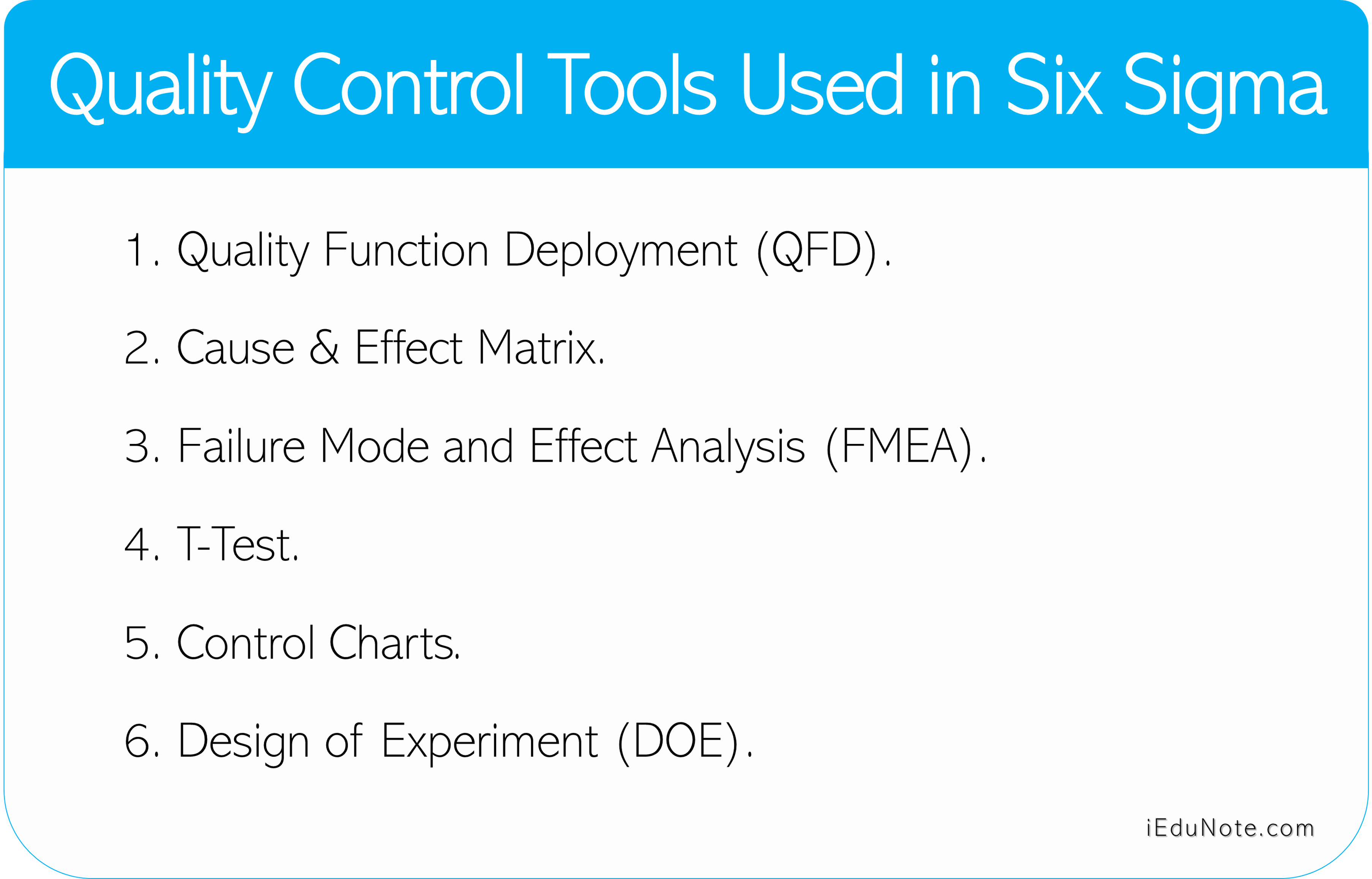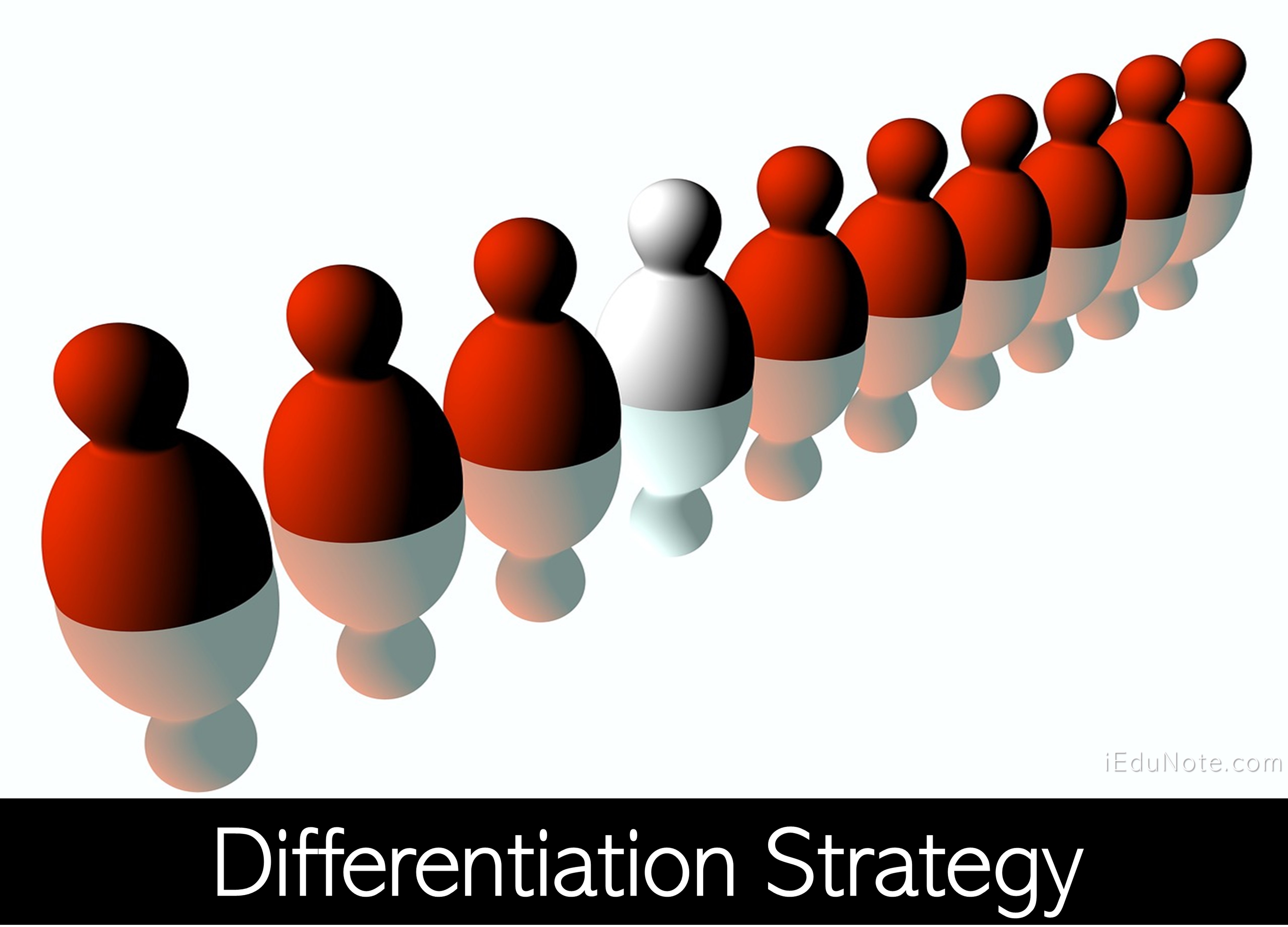Shigeo Shingo made significant contributions in the area of quality. A mechanical engineer, he worked with various Japanese and US companies, such as Toyota, Mitsubishi, Matsushita, Sony, etc. He believed that “statistical methods detect errors too late in the manufacturing process” and suggested that instead of detecting errors, it was better to engage in preventive measures to eliminate error sources.
Introduction to Poka-Yoke: Mistake-Proofing the Process
His approach is known as “Poka-Yoke” (defect=0). Poka-Yoke is a Japanese term which means “mistake-proofing.” Source inspection is actively employed to identify process errors before they become defects; when an identification occurs, the process is stopped until the cause is determined and eliminated.
Implementing Poka-Yoke in Manufacturing
Poka-Yoke advocates that suitable modifications are to be made in the process, components, equipment, etc., to avoid mistakes. Error sources are monitored at every stage of the process so that any error that may lead to a defect in the product can be detected instantly, and corrective measures can be taken at the source, not after the production process is over.
Practical Example of Poka-Yoke
An example will make the meaning of Poka-Yoke clear. In a computer, you cannot run a CD if you do not insert the CD into the CD-ROM Drive in the correct position. If the CD is placed on the drive with the backside (the side on which data are written) up, it will not work.
The Philosophy Behind Poka-Yoke
As a preventive measure, Poka-Yoke stops the production process whenever a defect occurs, defines the cause, and generates action to prevent recurrence. It relies on a process of continuously monitoring potential sources of error. Shingo believed that systems rather than human operators were usually responsible for errors.
Poka-Yoke’s Role in Japanese Manufacturing Success
Dixon & Swiler reported that Poka-Yoke mechanisms, developed cooperatively by engineers and shop-floor employees, are one of the fruits of the Japanese mania for suggestion systems and represent a cornerstone of Japanese success in continuous production improvements.

